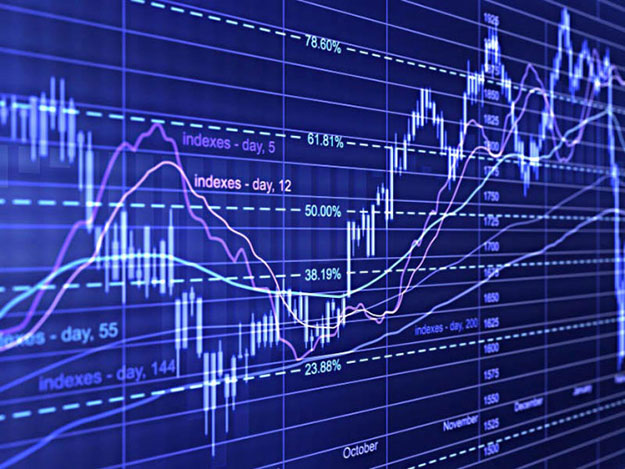
In a region that is poised to witness the fastest rate of economic growth in the world, a new World Bank report has placed Pakistan at the bottom of the eight economies in South Asia, projecting a moderate growth rate of 4.4%, the second-lowest after Afghanistan.
The Spring 2015 edition of the World Bank’s South Asia Economic Focus, titled “Making the most of cheap oil”, states that the growth recovery is underway in Pakistan but has forecasted a more moderate 4.4% growth rate for the current fiscal year ending on June 30, 2015. The rate is in line with the projections of International Monetary Fund and the Asian Development Bank that are also seeing around 4.3% growth rate in the current fiscal year. However, it is significantly lower than the official Finance Ministry target of 5.1%.
The Washington-based lender said that South Asia is expected to grow at a fastest pace in the world, with India spearheading regional growth with a 7.5% growth rate. But Pakistan will be only a notch above the worst performing regional economy, Afghanistan, projected to grow at a rate of 2.5%.
However, in the next fiscal year Afghanistan’s growth rate of national output will double to 5% while Pakistan is projected to grow only at 4.6%. The 4.6% growth for fiscal year 2016 will be dependent upon low inflation, fiscal consolidation and the rebuilding of the external position.
The World Bank said Pakistan is helped by cheap international oil prices and steady implementation of its reforms programme. It said 4.4% rate will be driven mainly by better harvest of cotton, wheat and rice crops and better performance in services. It cautioned that energy constraints and weak external demand continue to pose challenge for the growth outlook. On the demand side, growth continues to be driven by private consumption supported by growing expatriate worker remittances. Agriculture and services sectors have offset weaker than expected performance in manufacturing sector.
The agency has again highlighted power load-shedding, a cumbersome business environment, and low access to finance as obstacles to the growth. The circular debt remains a major obstacle that the Bank estimated at Rs245 billion. Without a functional payment system, from consumers or covered by subsidies from the government, power generation companies have been unable to buy or produce adequate fuel to generate electricity that causes up to 5,000 MW of capacity to lie idle and contributed to severe power shortages, it added.
“In Pakistan, a key risk is the repetition of the political events of the first half of the FY 2015, which could keep Foreign Direct Investment flows and private investment low, affect foreign reserves, slow down the government’s privatisation programme and ultimately undermine the growth prospects,” it adds.
The report said that tax collection improved in Pakistan but it remained below the target due to legal challenges and lower-than-expected revenues from taxes on oil imports. The budget envisaged a 24% growth in its tax collection over last year, but the Federal Board of Revenue has only been able to increase collections by 11.4% at the end of the third quarter of fiscal 2015 (July-March).
The Bank said that Pakistan has mildly started to benefit from low oil prices reflected by its import bill that contained at $626 million per month as of February 2015, adding that positive gains on oil prices are offset by the fall in the export values of agriculture commodities and lower trade related revenues.
Pakistan produces more than one third of its electricity through fuel-oil powered thermal plants and any change in price trends in the international market may also affect the energy prices. It noted that Pakistan has substantially lowered the domestic oil prices in line with the international market trends. Falling oil prices have reduced input costs for electricity generation enabling tariffs to be adjusted downwards.
While analyzing the fuel consumption pattern, the Bank said that in rural areas, roughly one-fifth of the bottom 40% directly consumes kerosene, 11% LPG, and 15% diesel and petrol. In urban areas, 3% of the bottom 40% consumes kerosene, 69% LPG, and 17% petrol and diesel.
Published in The Express Tribune, April 15th, 2015.







































COMMENTS (7)
Comments are moderated and generally will be posted if they are on-topic and not abusive.
For more information, please see our Comments FAQ